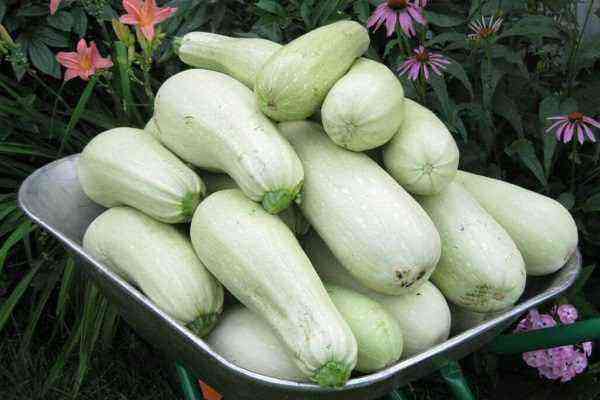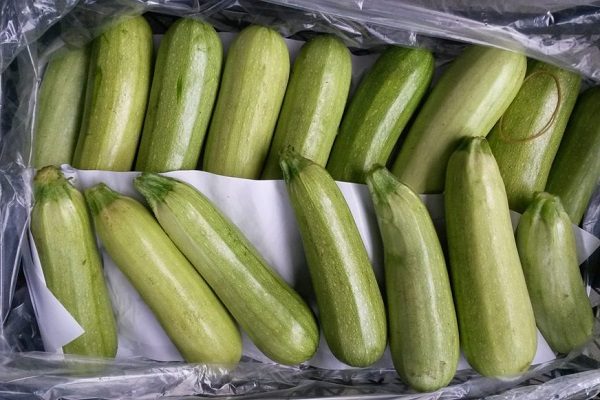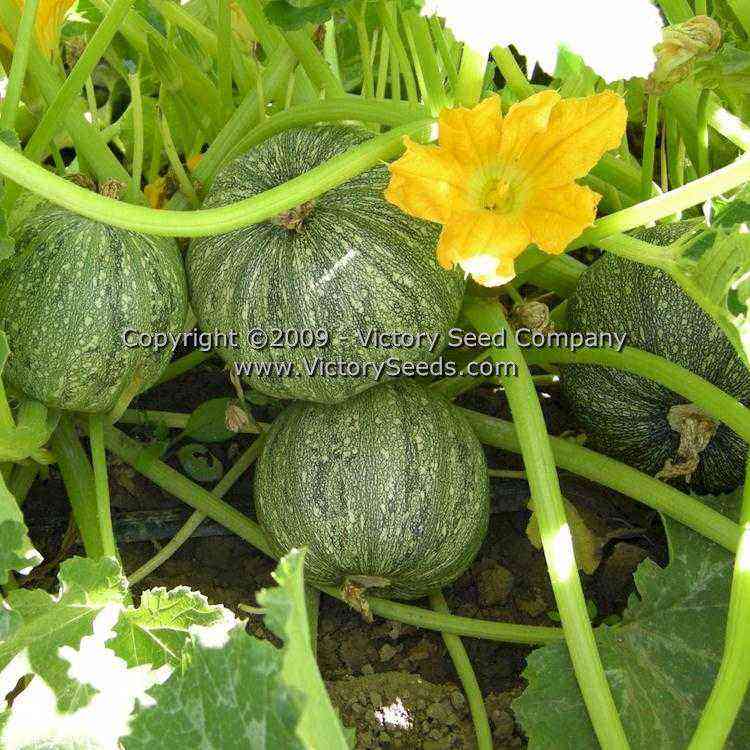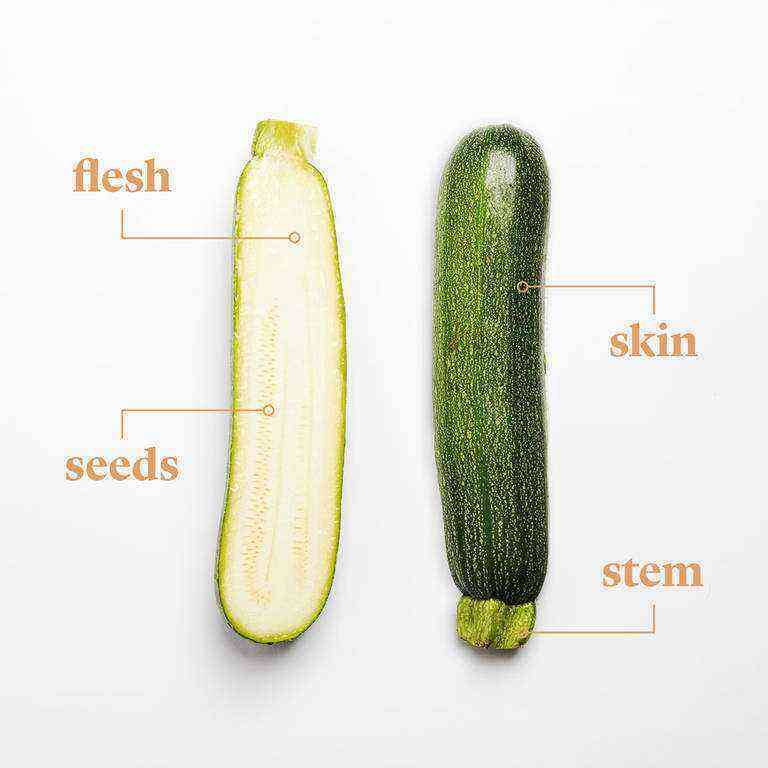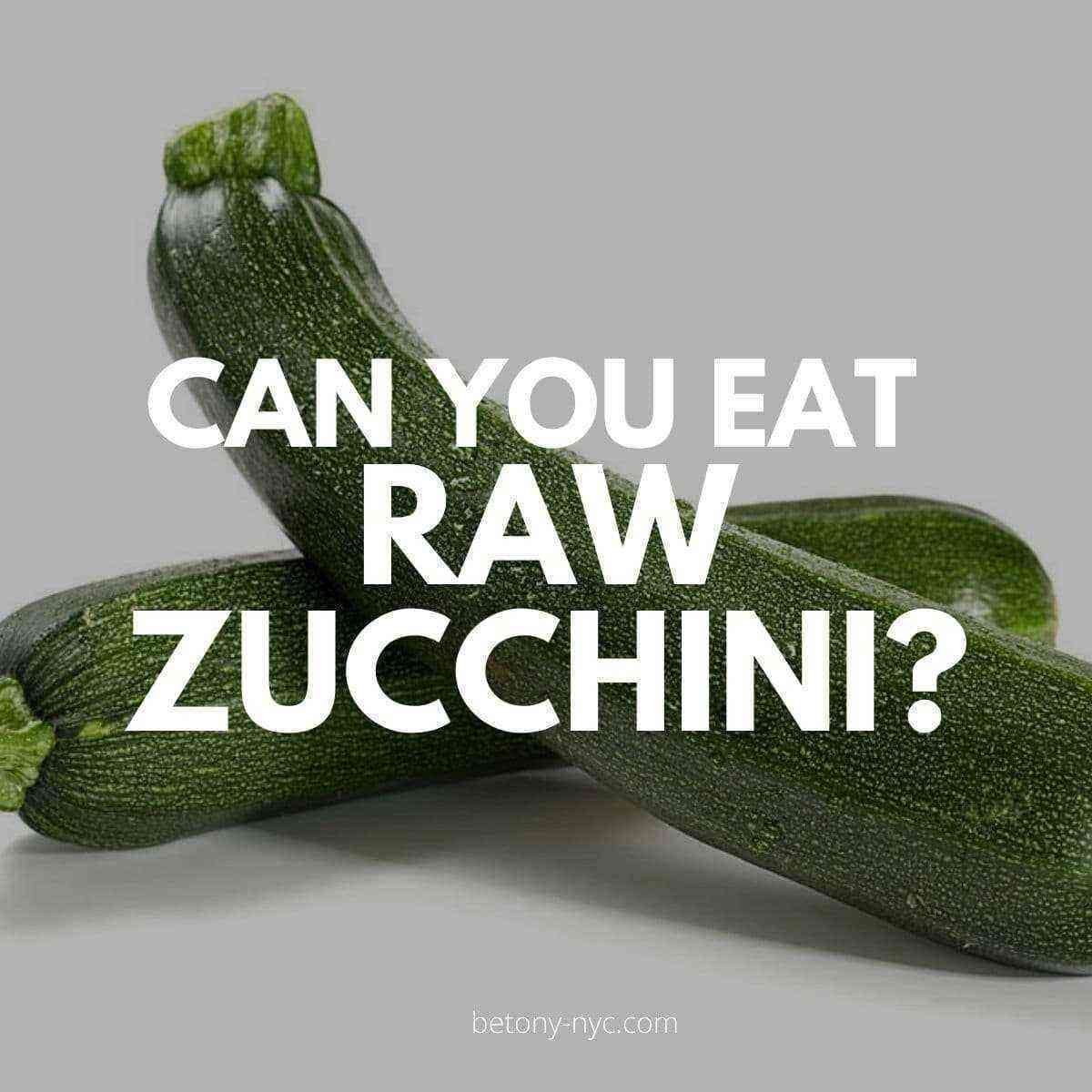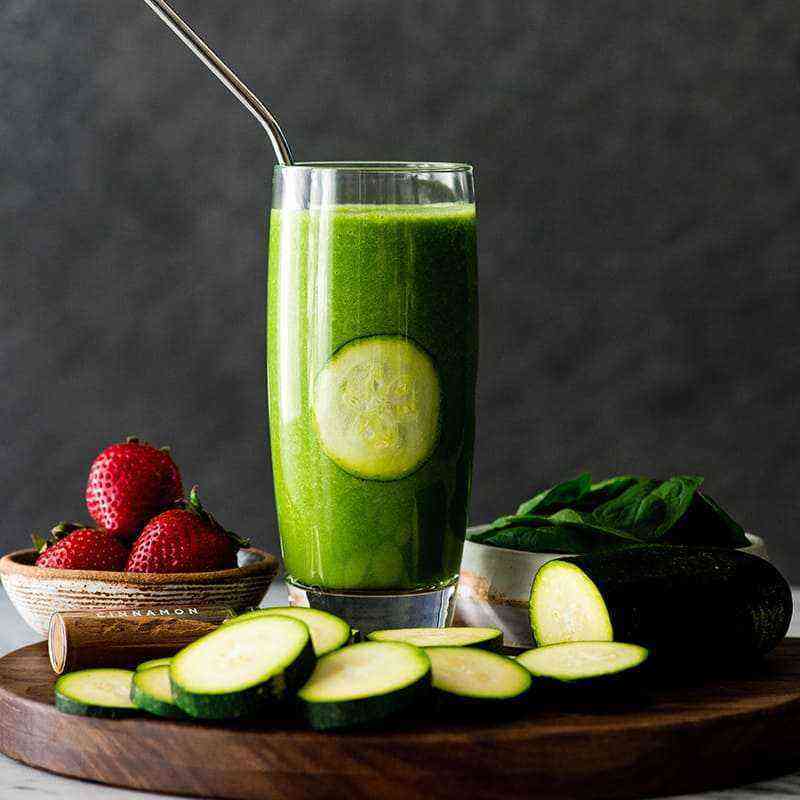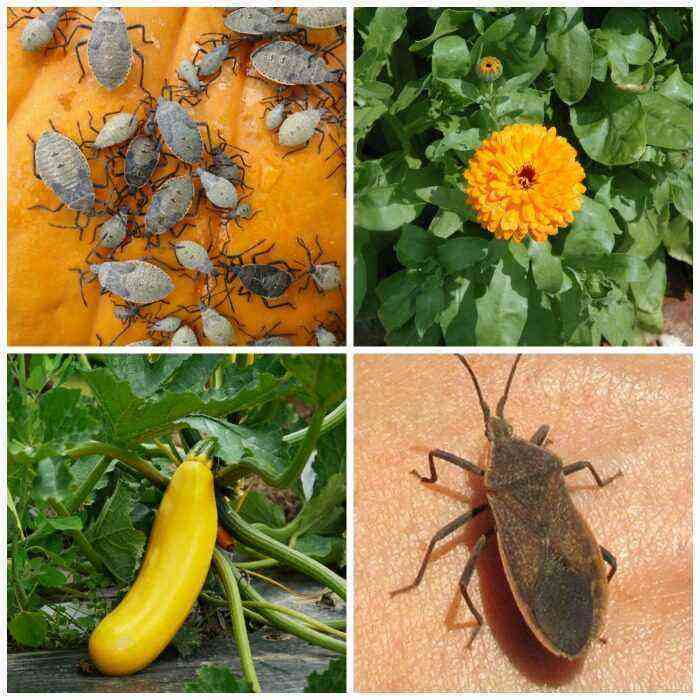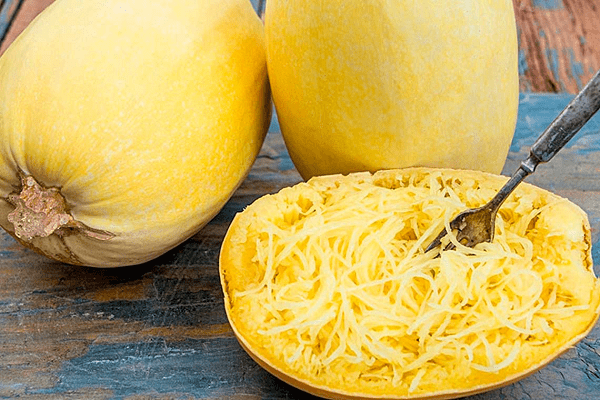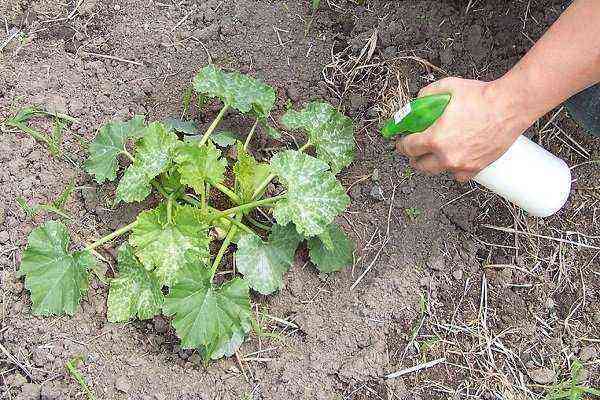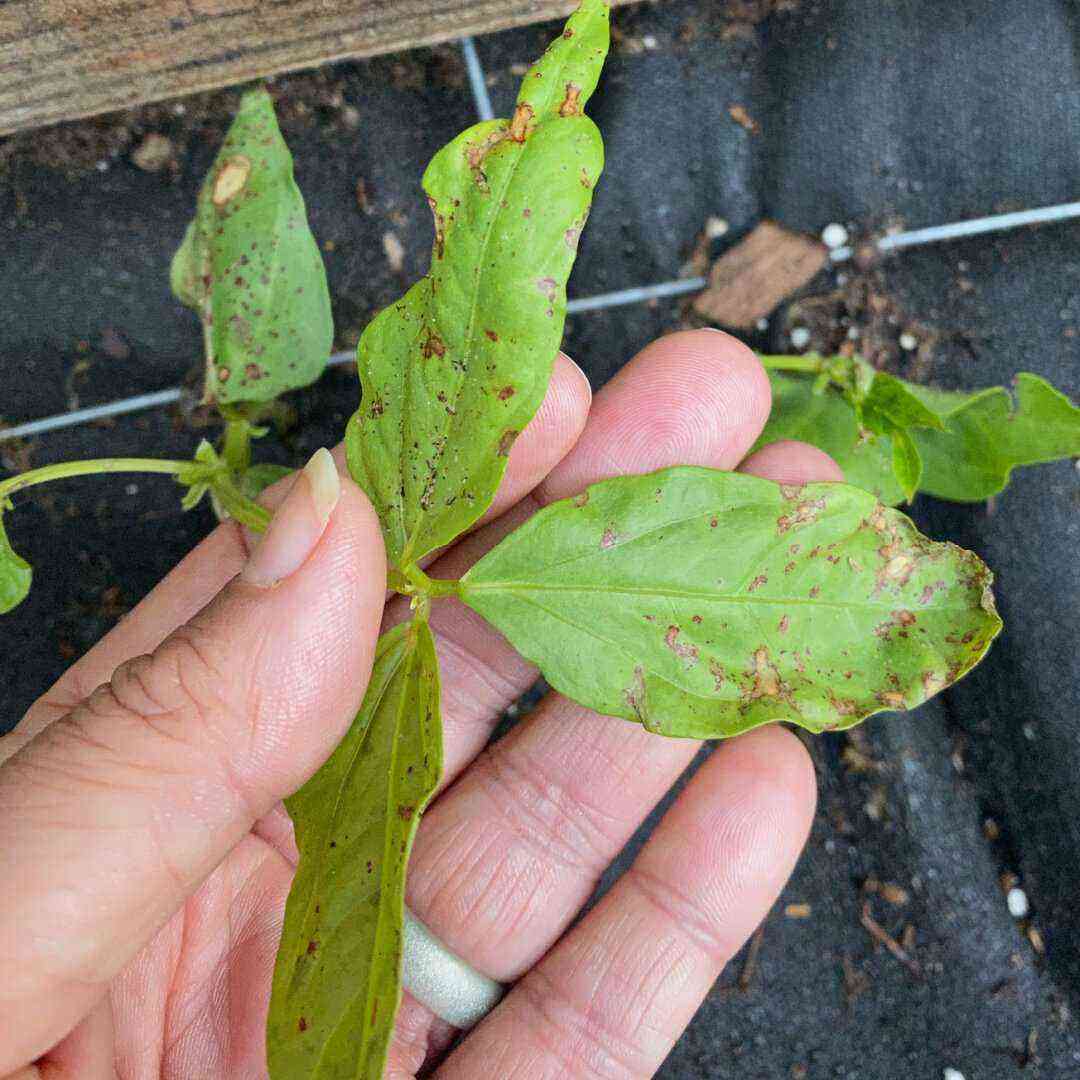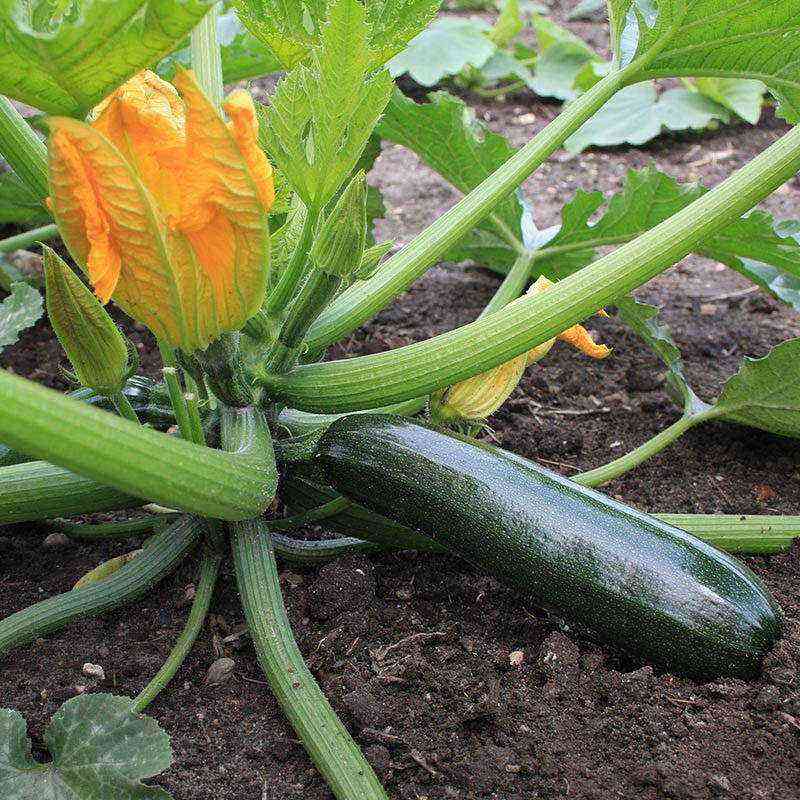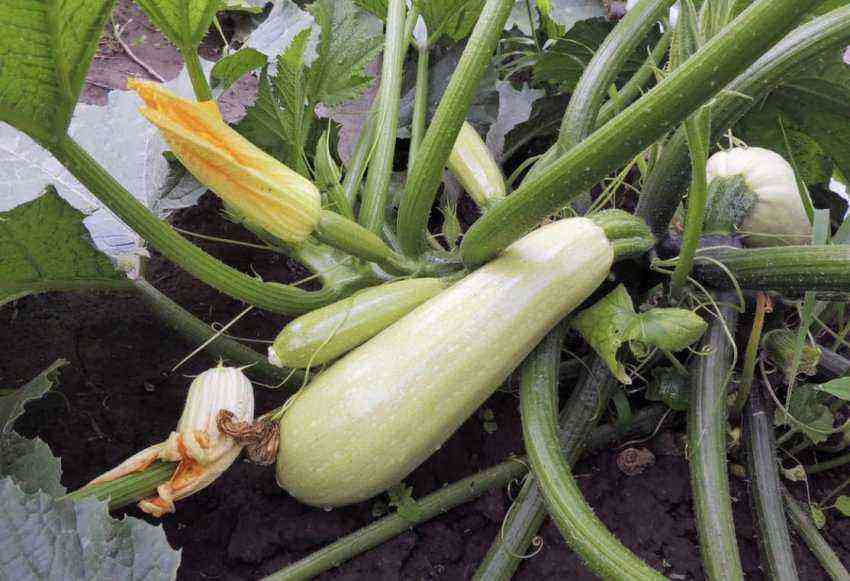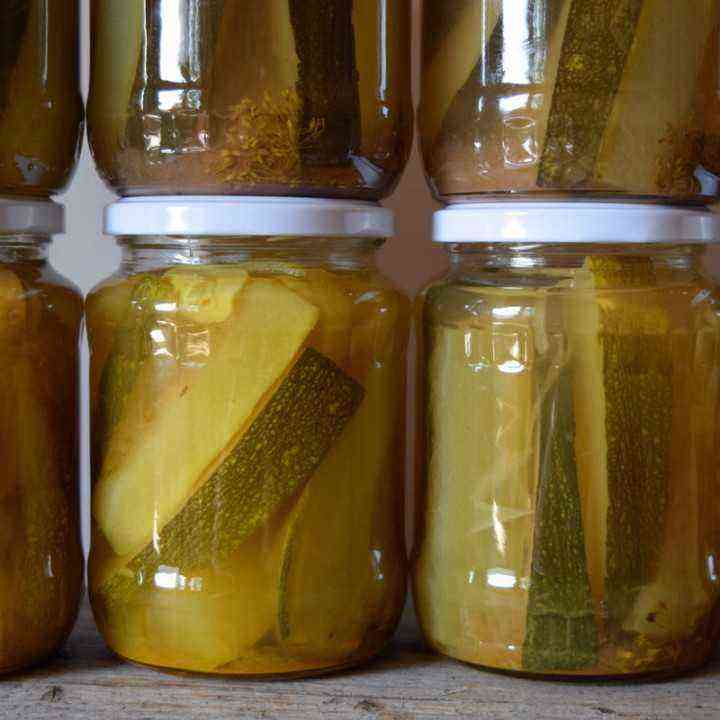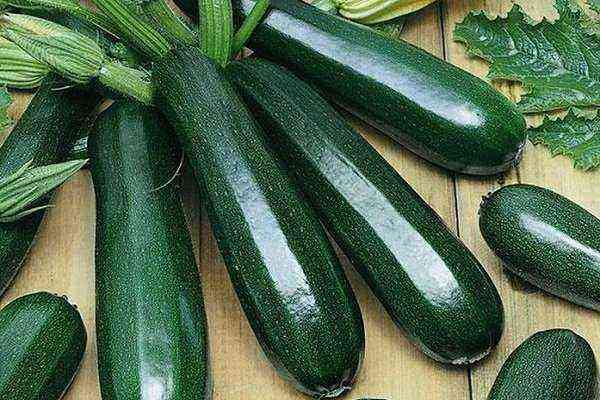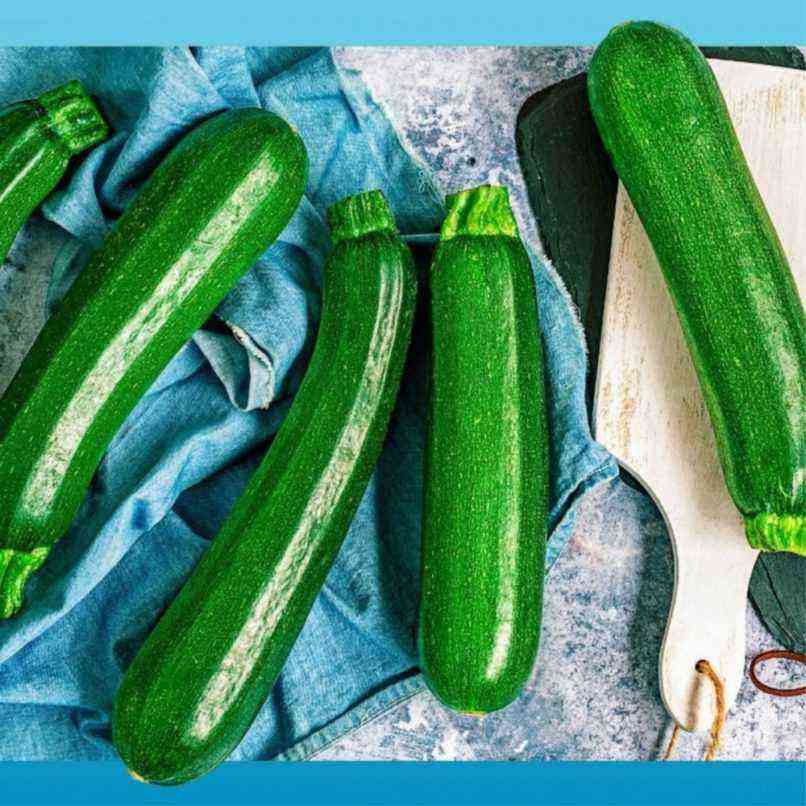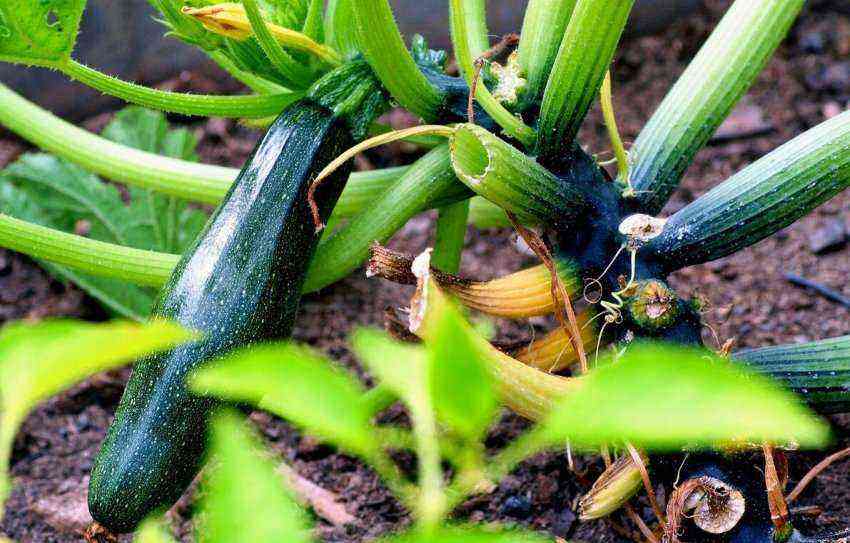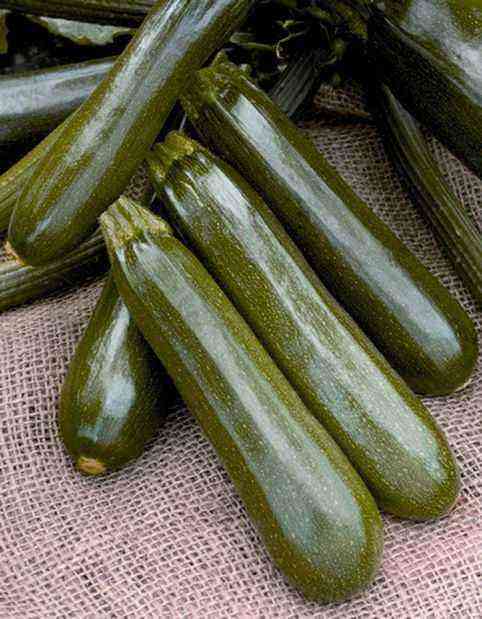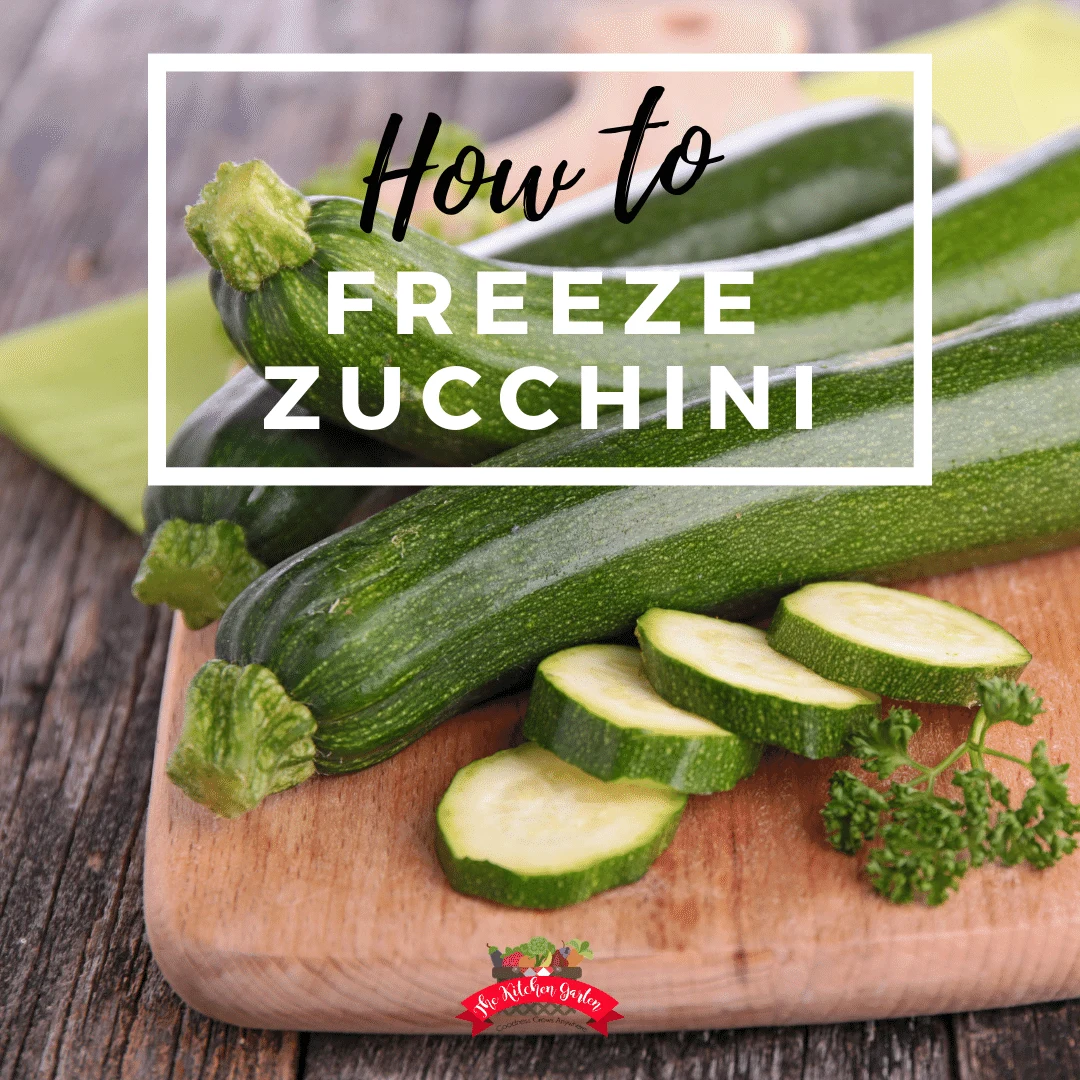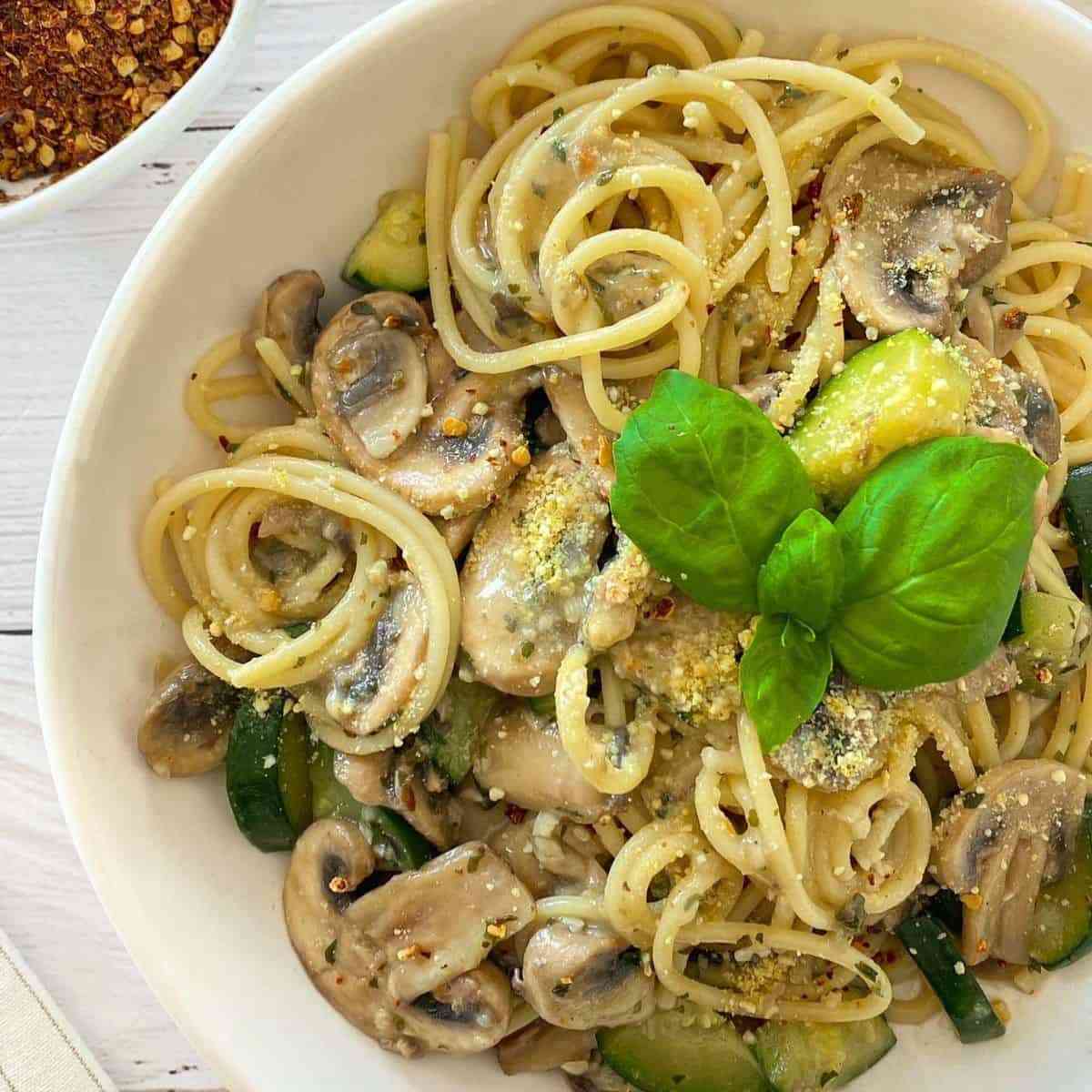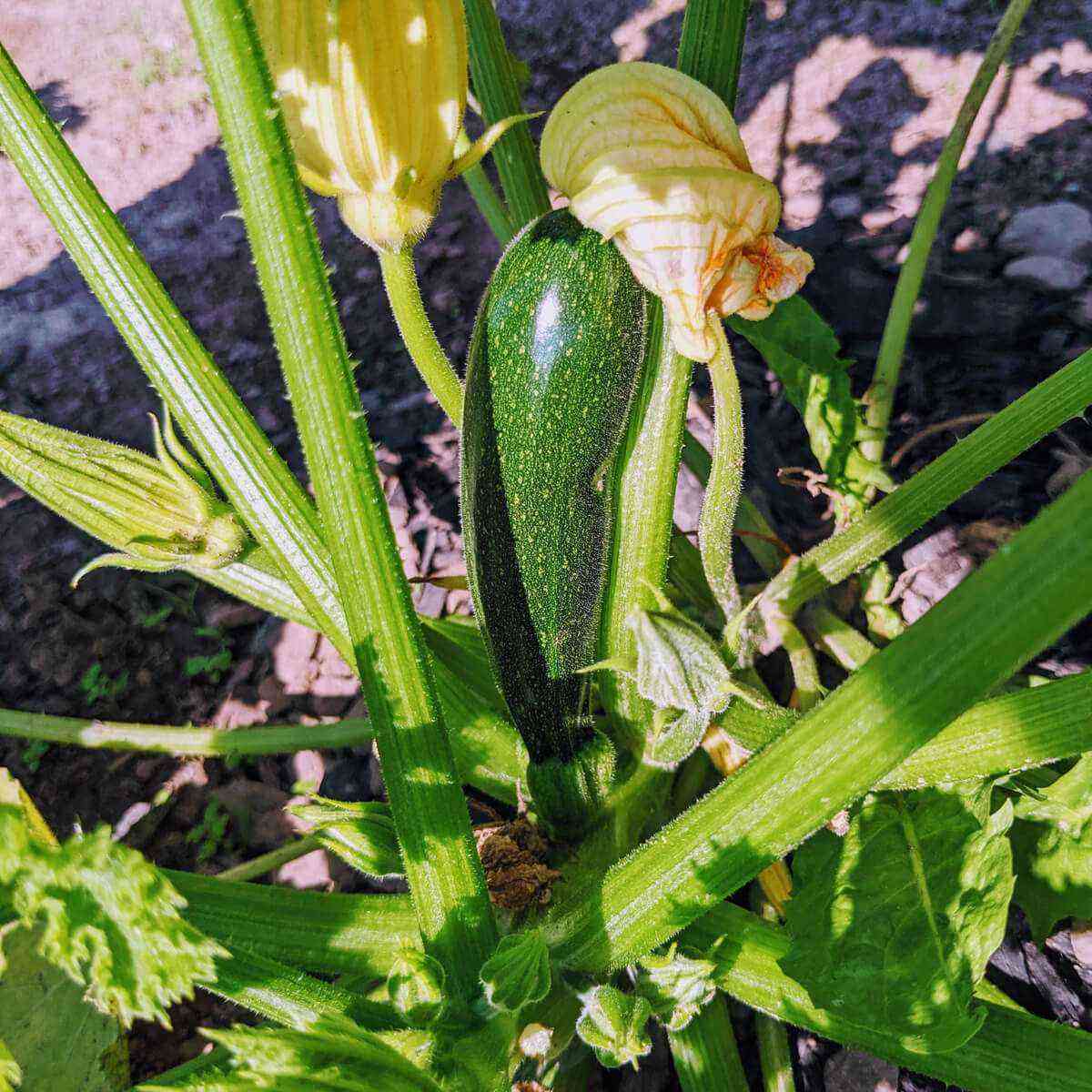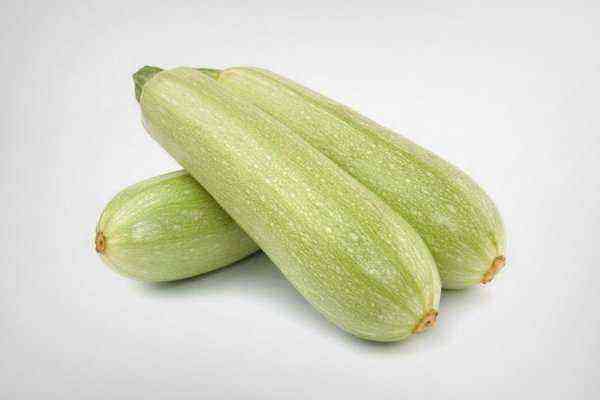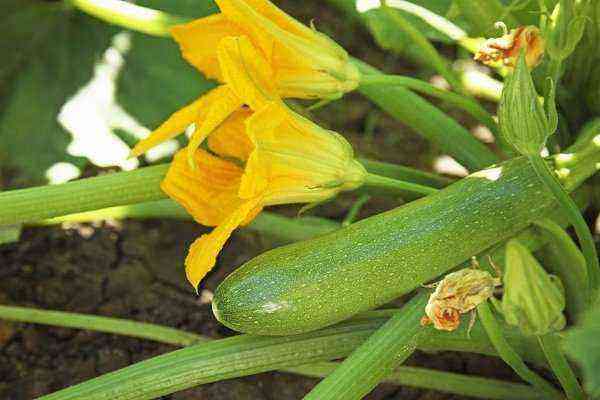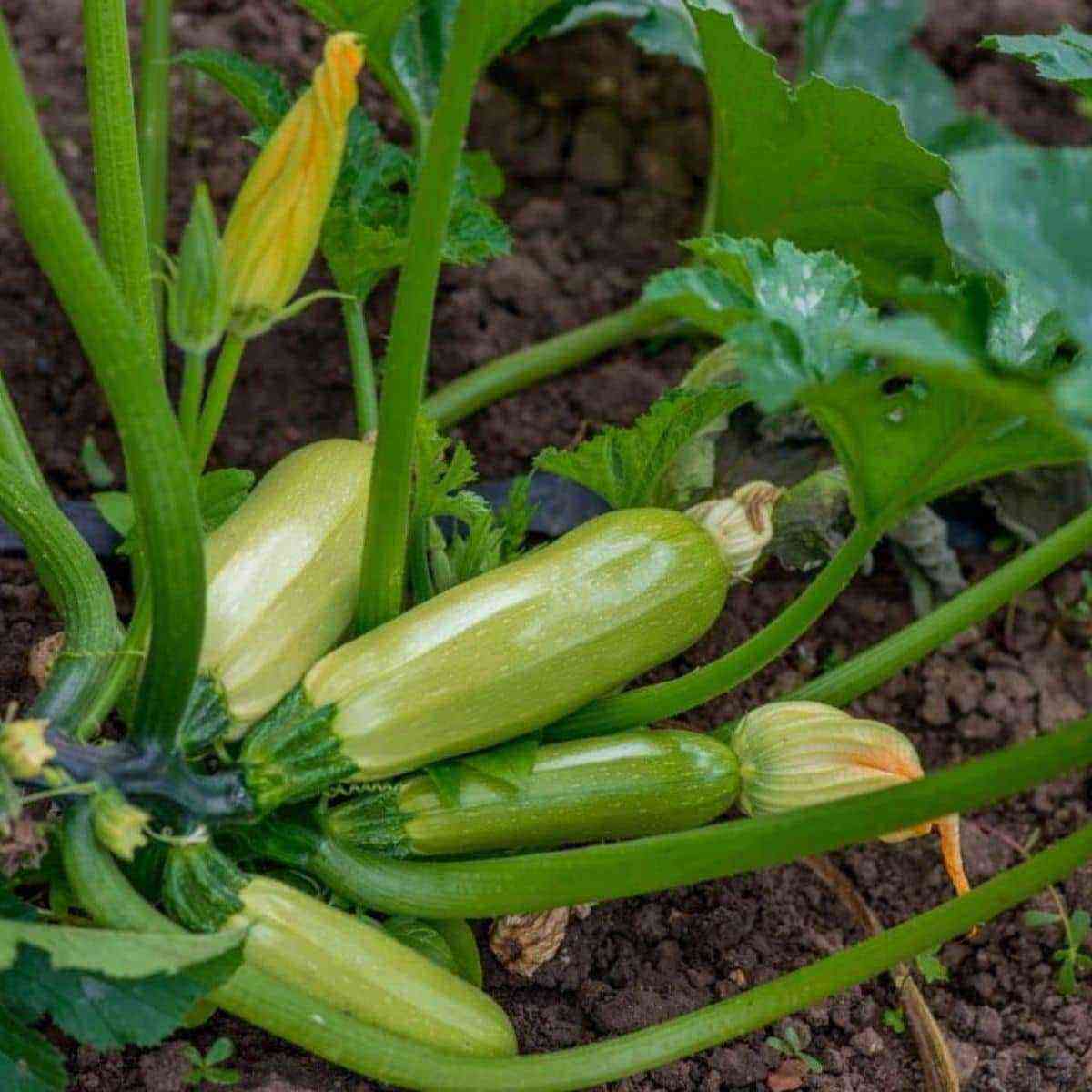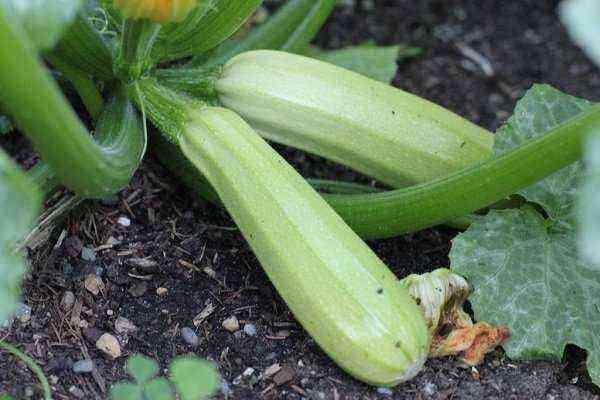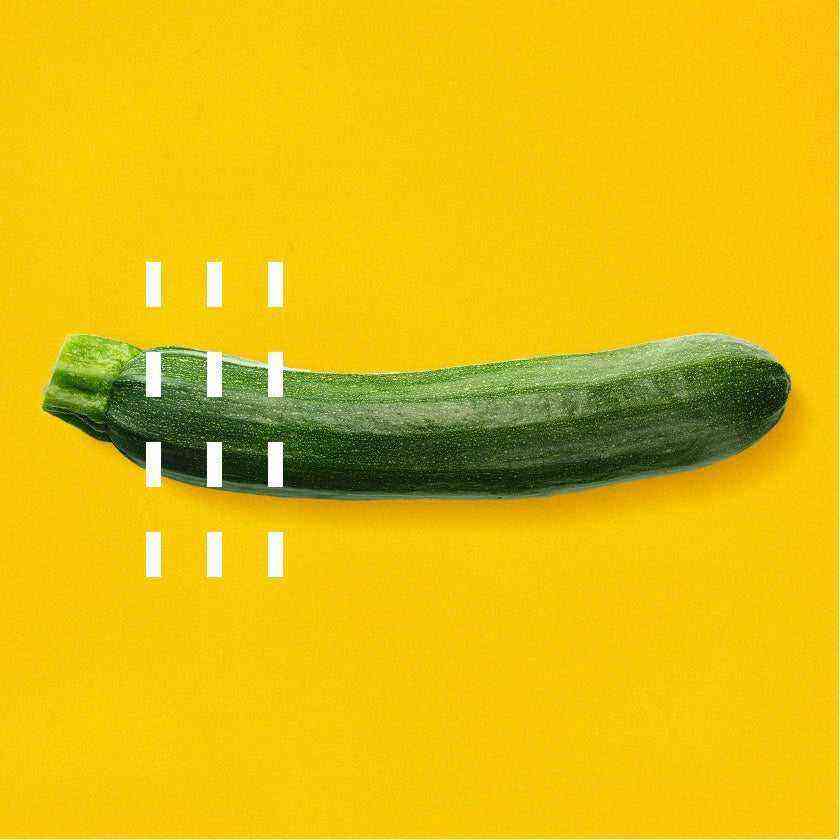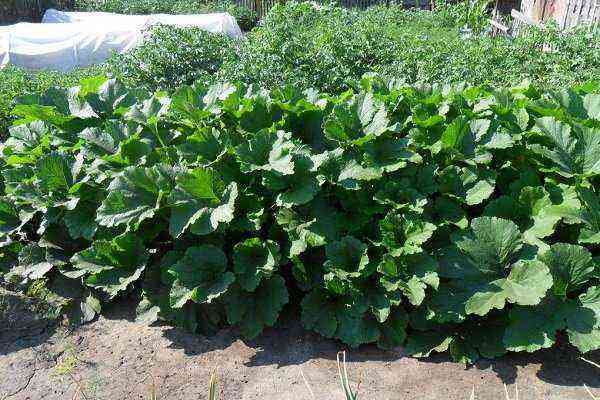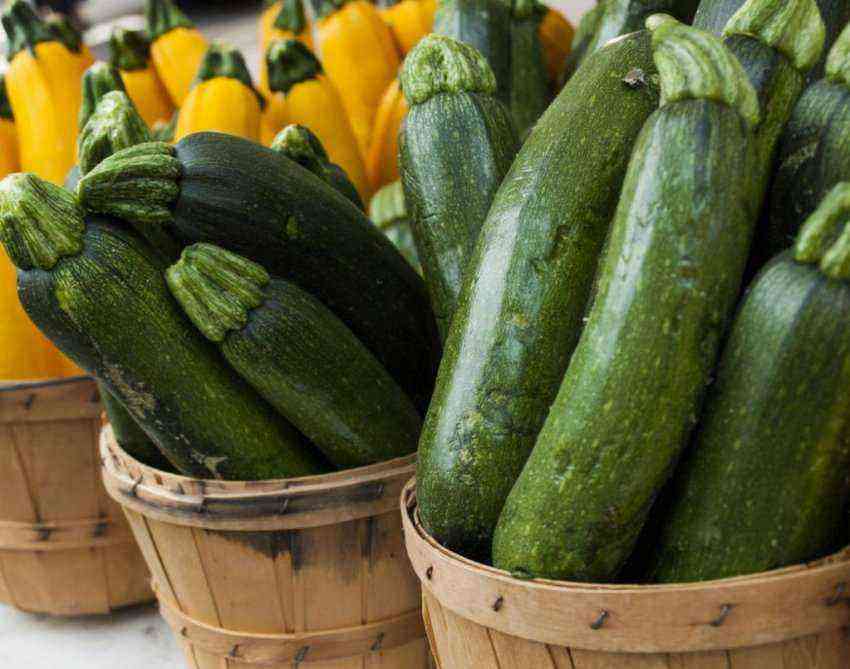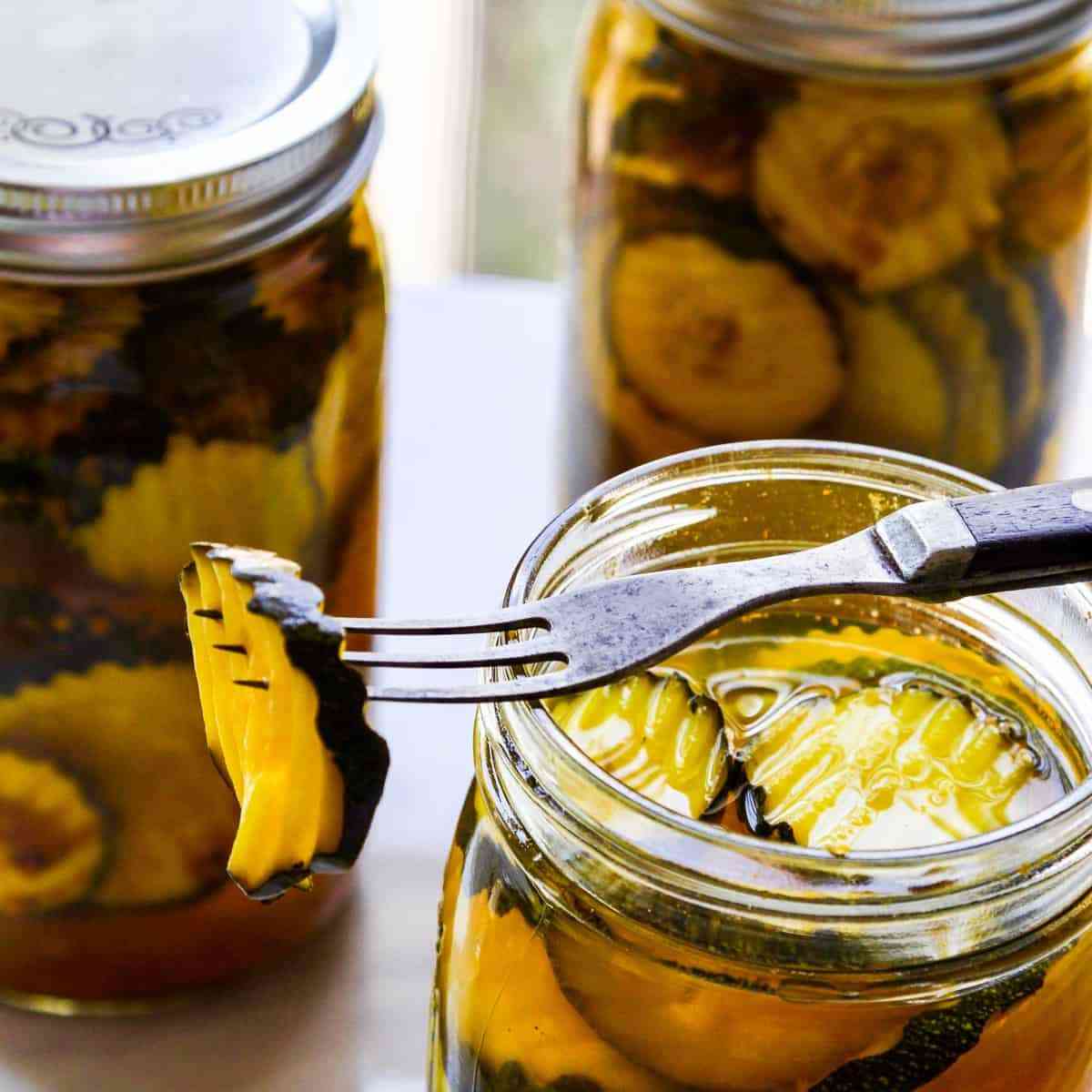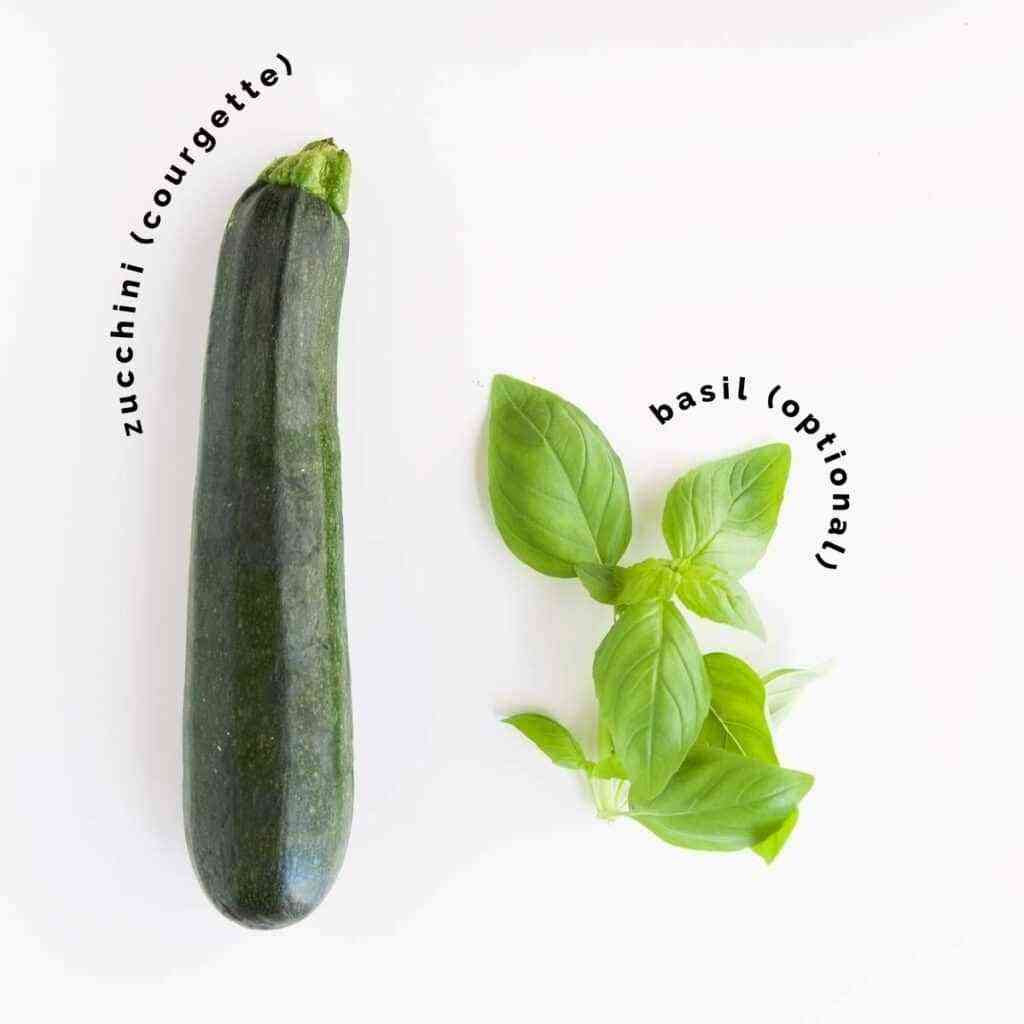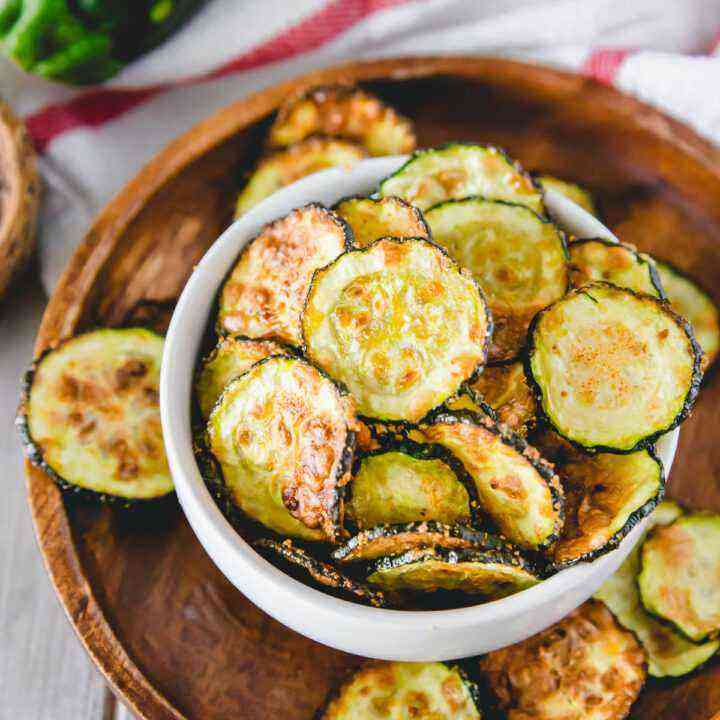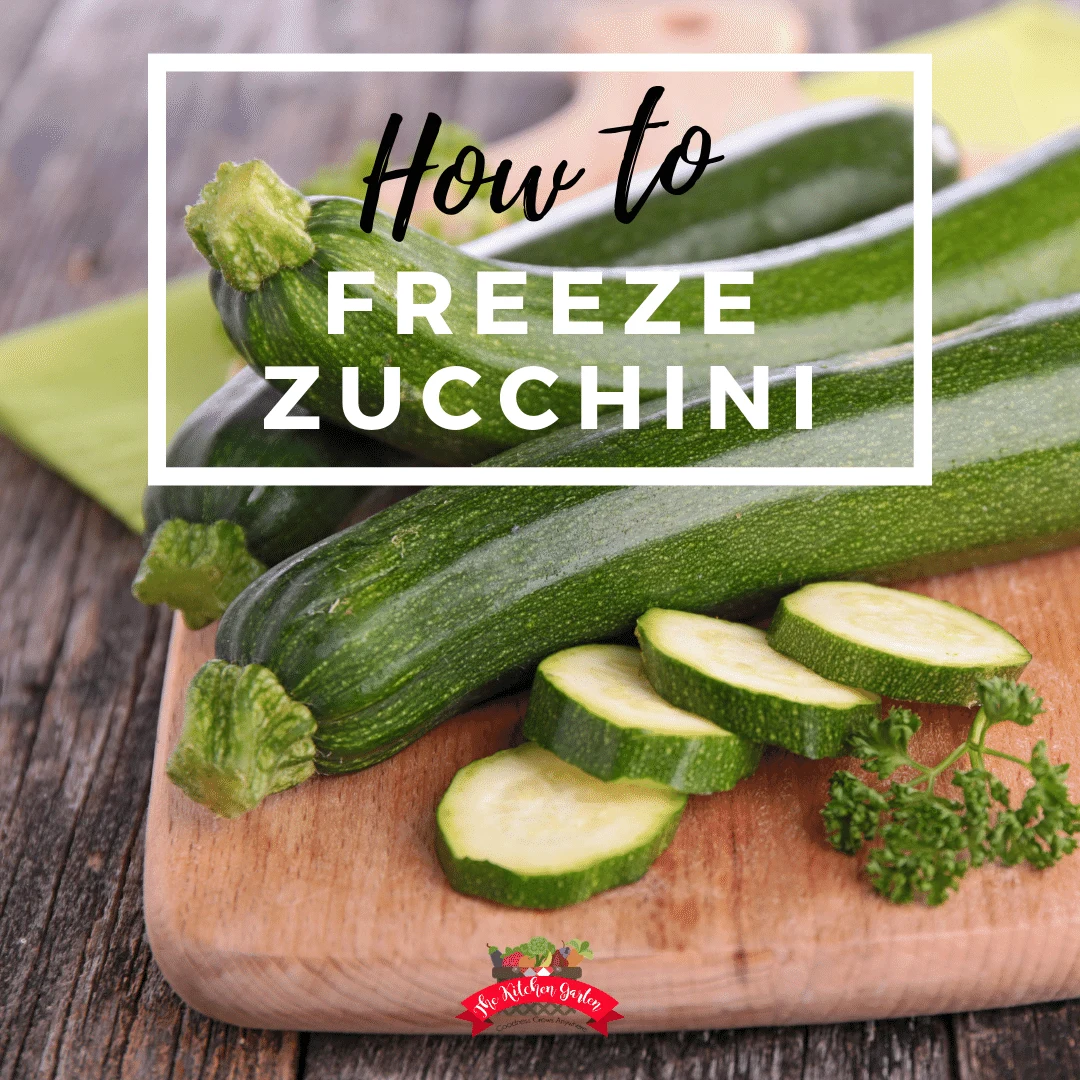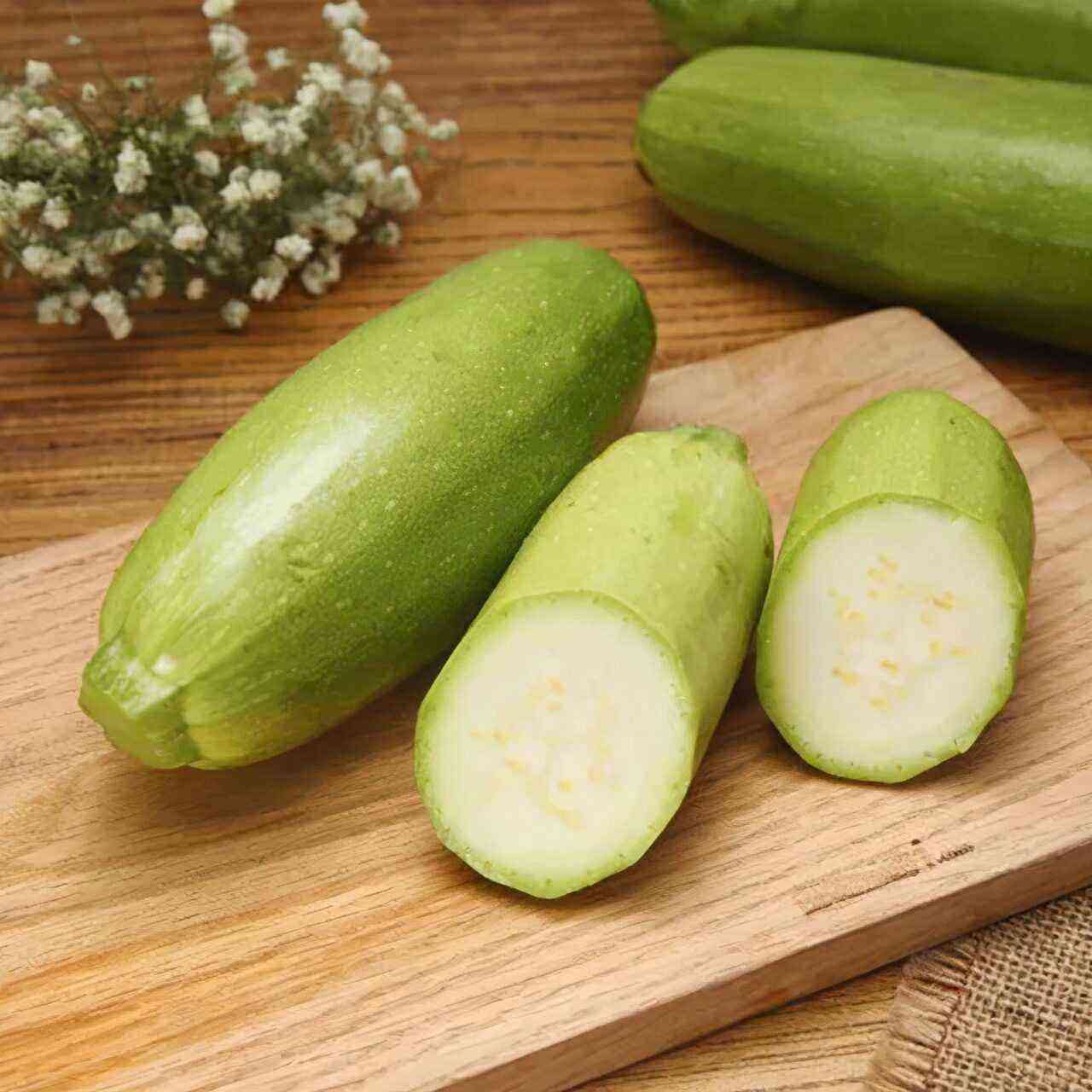It is recommended to collect zucchini from the beds in a timely manner, as this allows not only to prevent overripe, but also to increase productivity, extend the storage period in autumn and winter. The harvesting time depends on various factors – region, variety, degree of ripeness, purpose of use.
How to understand that zucchini is ripe?
Experienced gardeners easily determine the degree of maturity of zucchini. There are 2 main methods for this:
- Visualization. Carefully inspect the vegetable – pay attention to the shade, pattern and size.
- Tactility. Be sure to feel the fruit to determine the hardness of the peel and tap it for a dull sound.
The first method is relevant if the gardener knows the external indicators and characteristics of the variety, and even a beginner can use the second.
The level of ripeness is affected by the purpose of using zucchini – if they are needed for cooking, you can pick them at a young tender age. Full maturity is required in the following cases:
- for livestock feed (overripe stage is acceptable);
- of seeds;
- for long-term storage;
- for conservation.
Ripe zucchini have the following characteristics:
- rich shade along the entire length of the vegetable;
- zucchini length – from 15 to 25 cm;
- stalk – hard (woody) and dark;
- the fruit is firm to the touch;
- in appearance – slightly glossy;
- if you tap on the surface, a muffled sound will appear;
- the peel is thick;
- if you make a cut, the fibers in the core become visible;
- the pulp is soft and tender;
- seeds have a dense shell.
If you keep zucchini in the garden for too long, their skin becomes wooden, to the point that it is problematic to cut the vegetable. At the same time, the juiciness and tenderness of the pulp are lost.
How does the variety affect the harvest time?
For winter storage of zucchini, choose varieties with good keeping quality, and so that they do not lose nutritional value and taste. Therefore, the choice of variety has a direct impact on the shelf life of the product for a long time.
For these purposes, the best option are late-ripening varieties, the ripening period of which is from 60 to 80 days. The most famous and popular species are F1 Festival, Arlik hybrid, F1 Watermelon. Shelf life is about 9 months.
Features of other varieties:
- Mid-season varieties. They can also be grown for long-term storage. They ripen at 45-60 days, and are stored until February. Varieties – Gribovsky, Golden Cup, Kuand.
- Early variety. Their ripening period comes at 35-45 days, storage time is a maximum of 4 months. They are not suitable for winter storage. Popular varieties are Kavili F1, Iskander, Tsukesha, Aeronaut.
Regardless of the variety, consider the goal – if the cultivation is carried out as a forage crop, do not pluck the fruits until they have gained maximum mass. If for cooking and conservation, harvesting in a semi-ripe state is acceptable. If for storage – in technical ripeness.
Cleaning time
If it is not possible to wait for the harvest time, feel free to pick the zucchini from the beds, as they are able to ripen during storage. If the vegetables are fully ripe, over time their flesh will become loose.
Experts do not recommend waiting for a significant increase in the mass of zucchini, and for the reason that mature elements draw juice from the plant, so young new ones cannot form, and the ovaries simply fall off.
Mature zucchini
The full maturity of zucchini occurs during the period indicated by the manufacturer on the package with seeds, as this depends on the cultivar and the specific type of vegetable. The term is determined at the individual level, based on the visual and tactile method of determining ripeness.
young zucchini
Zucchini are considered young when their length does not exceed 15 cm, depending on the variety. The maximum width is 8 cm, the period after flowering is from 15 to 20 days. It is easy to identify them – juicy and tender crust, light shade of skin.
When to harvest depending on the region?
Be sure to consider the growing area of the crop. For example, in a cold climate, the ripening period increases by several days. Despite this, there are average harvest rates for zucchini, based on regionality and according to variety (early earlier, late later):
- Moscow region, Middle lane – from June 20 to September 20-25;
- southern regions – from May 20 to August 10;
- Siberia and Ural – from July 10 to August 30.
Avoid the first frost. Otherwise, the vegetables will not be able to be stored for a long time and will lose their taste.
Moon calendar
Many amateur gardeners focus on harvesting according to the lunar calendar. Every year, favorable days change, but there is one essential rule – collect zucchini for storage only on the waning moon, when the planet is 3/4 away from the new moon.
For cooking, collect on the full or growing moon.
Collection rules
It is strictly forbidden to pick zucchini with sharp movements from the bush, as the green mass and the root system are deformed, which is why a new ovary is not formed. Stick to these simple rules:
- use a sharp knife to collect;
- cut the stem so that there are no torn areas;
- stem length – from 4 to 5 cm;
- the weather is only dry;
- time is early morning.
Immediately after harvesting, spread the fruits on any clean surface to dry. If this is a room, provide ventilation. Remove dirt with a dry cloth, do not wash the zucchini with water.
How to collect seeds at home?
Immediately after picking the zucchini, transfer the vegetables to the room and keep there for about 30 days. This time is necessary for the full ripening of planting material. Next, do this:
- Cut the fruit into 2 pieces lengthwise.
- Carefully remove the seminal part along with the placenta.
- Carry out the fermentation procedure, for which fill the seeds with water for 24-48 hours.
- Separate the fibers that, after soaking, begin to rise to the surface of the water.
- Rinse the grains with clean water, spread on a cloth and dry.
If the culture was slightly affected by diseases or pests, be sure to place the planting material in a light pink solution of potassium permanganate for 30-40 minutes, then rinse and dry again.
Features of crop storage
To keep the crop as long as possible, be sure to adhere to the main rules and conditions for storing zucchini:
- optimum room temperature – from 0 to + 5-7ºC;
- humidity – from 80 to 85%;
- lighting – complete darkness;
- drafts – should be absent, but ventilate the room;
- neighborhood – it is excluded, since zucchini absorb other odors, but it is permissible to store next to squash and zucchini.
Stack the fruits so that they do not touch each other, or wrap each with paper.
What and where to store:
- Wooden boxes. Straw or sawdust is placed in the container.
- Cardboard boxes. Lay in layers, alternating each tier with paper.
- Grids. Pack each vegetable in paper, hang in a dark place.
- Shelves. You can not lay out on the surface of the shelves, it is better to put a little straw.
It is forbidden to keep zucchini in the basement, as it is too damp for a vegetable. This shortens the shelf life. In the conditions of a house or apartment, use cabinets, pantries, areas under the bed. There are other ways:
- freezing – necessarily without seeds, which, under the influence of cold, give bitterness;
- preservation – there are many recipes;
- drying – can then be used to make soups and sauces.
Why do zucchini need to be removed regularly?
Zucchini is a crop that repeatedly produces crops in one season. If you do not collect the fruits as they ripen, a new ovary does not form due to a lack of nutrients and light.
Harvesting zucchini is carried out over many days, but to increase the level of fruiting, remove vegetables 1-2 times in 7 days during the growing season. When fruiting is on the decline (the last 2-3 weeks), cut the fruits 1 time in 10 days.
